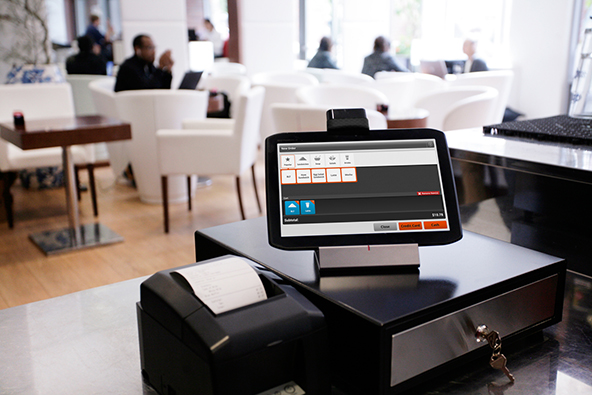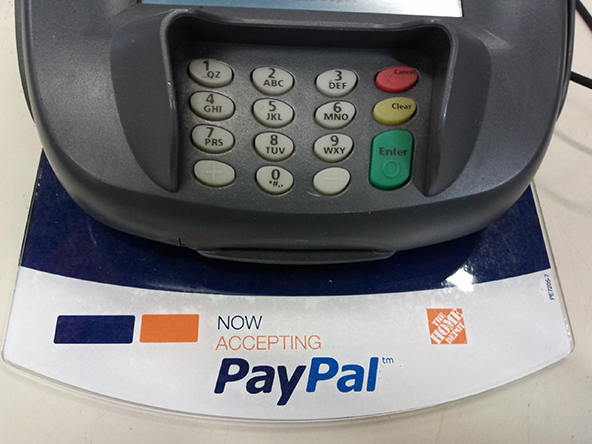14 Reasons Your Merchant Account Can Be Suspended

Most merchants who have accepted credit card payments for longer than a few months, especially in a card-not-present environment, know that their processors can be annoyingly sensitive to any deviations in their established payment processing patterns. So sensitive, in fact, that they can initiate a review of the merchant and request a host of documents to explain why the pattern has changed. Furthermore, often the review is accompanied by a frieze of the merchant’s funds until the processor is satisfied with the explanation.
Why Merchant Accounts Get Suspended
So that being the case, let’s take a look at how processors monitor merchant activity and what can trigger a review. Processors are required by Visa and MasterCard to generate daily reports of their merchants’ processing activity, monitoring the following parameters:
- Number of authorization requests above a pre-set threshold.
- Ratio of card-present to card-not-present transactions that is above the threshold.
- Personal account number (PAN) key entry ratio that is above the threshold.
- Repeated authorization requests for the same amount or the same account number.
- Increased number of authorization requests.
- “Out of pattern” fallback transaction volume.
- Increases in merchant deposit volume.
- Increase in a merchant’s average ticket size and number of transactions per deposit.
- Change in frequency of deposits.
- Frequency of transactions on the same cardholder account, including credit transactions.
- Unusual number of credits, or credit dollar volume, exceeding a level of sales dollar volume appropriate to the merchant category.
- Large credit transaction amounts, significantly greater than the average ticket size of the sales.
- Credits issued subsequent to the receipt of a chargeback with the same account number and followed by a second presentment.
- Credits issued to an account number not used previously at the merchant’s store.
Industry Rules and Regulations
90-day rule. Visa and MasterCard require that processors compare each merchant’s daily deposits to the average transaction count and amount for the merchant over a period of at least 90 days, to account for the effect of normal variances in the business. For new merchants, with no processing history, processors compare the average transaction count and amount for other merchants within the same merchant category code (MCC). If the processor identifies suspicious credit or refund transaction activity, the account can be suspended and a review initiated.
Processing banks are required to compile monitoring reports for merchants, based on the 90-day rule. Typically, whenever a merchant’s daily deposit exceeds the average transaction count and amount by 150 percent or more, the merchant is added to the monitoring report.
Image credit: ZF.ro.


